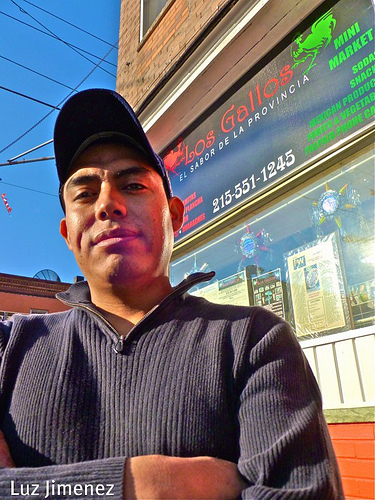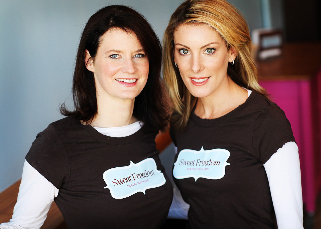Nam Joo Hyun came to America looking for a better life. He found it at a karaoke bar.
By Cho Park
“What would you want to do with a regular guy like me?”
Nam Joo Hyun looks up from wiping the counter, a quizzical look on his face. He seems genuinely surprised, all five-foot-six inches of him, that anyone would be interested in him. He hides behind the counter with an unassuming stance, seemingly already half-apologetic for daring to take up so much space.
The entrance to Rodeo, the karaoke-bar in Upper Darby that Nam owns, is small and unassuming like himself, and largely overshadowed by the flashy lights of the Korean grocery H-mart next door. Yet it is one of the most popular destinations for the
Korean community, with many students choosing to end a night of drunken debauchery singing soulfully in one of Rodeo’s many rooms.
How Nam got to own one of the most popular nightspots, in spite of close competition from neighboring bars, is a question he often asks as well.
Nam never dared to take up much space, in fear of being noticed in a world where it was much easier to live invisibly. Originally from Mapo-gu, Seoul, his father died when he was 18, just as Nam was heading towards mandatory military service that arose from the ongoing North and South Korea conflict.
“When I re-entered civilian life, my life was in the pits,” Nam recalled, his soft voice belying the dark, leathery look of his face. “My mother was selling cabbages at the local flea market, and there wasn’t enough money to send me to college, if I had even wanted that. I had to start working right away.”
He bounced from job to job, until he settled for assembling sewing machines at a nearby factory. Even then, life was difficult. He often worked from 8 a.m. to 2 a.m., and earned only $80 a month.
“I was barely getting by… The other older workers kept telling me to get out as fast as I can; this work was dangerous, as their severed fingers and hands showed me,” he said. “But how could I when there were no other opportunities?”
He finally got his chance. When his sister married an American soldier and moved to New Jersey, she invited him to visit their home in the States. Nam decided to make the move permanent.
“This was the only opportunity that I could see… I saved up for months and finally earned enough to buy my plane ticket,” Nam said. “I’ve never been back since.” Continue reading



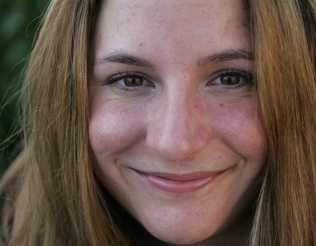
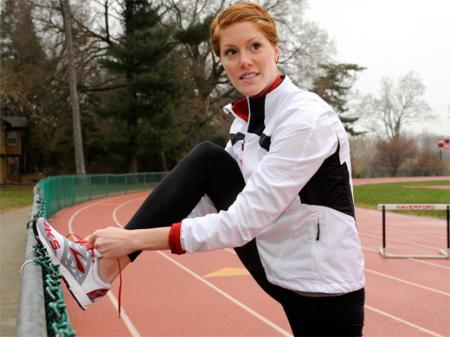
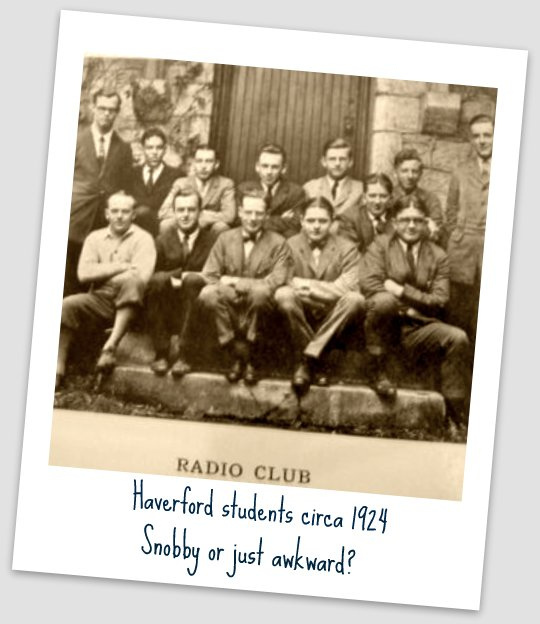
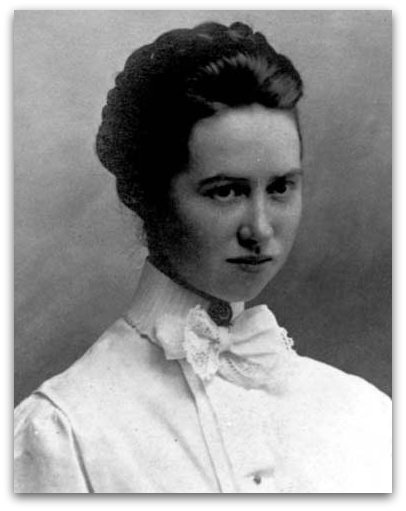 “It’s hard to put my finger on exactly what it is, and I definitely noticed it,” she said. “And I think for me that’s why it’s been so easy…to make friends here because there’s so many people that have a certain something that makes it really easy to click with them, even if we have completely different interests…”
“It’s hard to put my finger on exactly what it is, and I definitely noticed it,” she said. “And I think for me that’s why it’s been so easy…to make friends here because there’s so many people that have a certain something that makes it really easy to click with them, even if we have completely different interests…”

